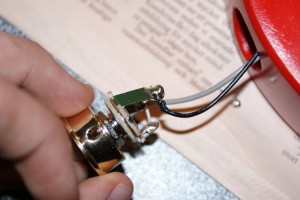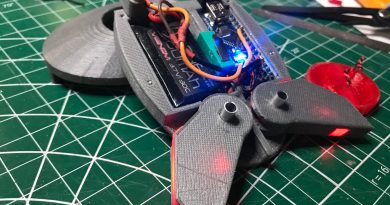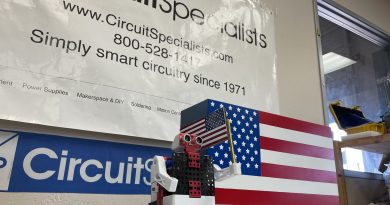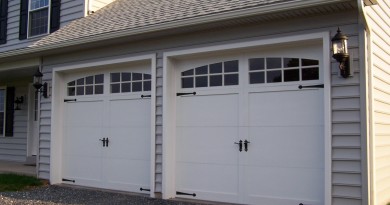7 Steps to Soldering a Guitar Input
Many guitarist have run into the problem of a loose wire in the input jack which can be a major pain. With a loose connection the main issue will be intermittent connectivity or no connectivity whatsoever. It can be very easy to fix the issue if you know how to use a soldering iron. If this is a task you are not familiar with it is recommended a professional is consulted.
1 – The first step to soldering your guitar input is to begin preheating the soldering iron, this usually takes 3-5 minutes. If you are using a soldering station you can select the preset heat you desire and wait for the iron to heat. Before doing any soldering it is important to clean the tip of the soldering iron.
2 – Next remove the jack plate from the guitar, the cover is often held in place by two small screws. Place the items in a safe place where the screws or cover will not be lost.
3 – Locate the loose wires and double check to make sure the connection problem is from the wires.
4 – Begin soldering the wire, you will do this by applying the blip along with solder to the wire that requires repair. Use your dominant hand to hold the soldering iron while your other hand controls the solder.
5 – Now solder the wire and lug and once the solder has been applied to the wire it will be time to re-attach the wire to the lug. Once again simultaneously solder the blip and solder to the wire and lug.
6 – Let the wire and lug cool for approximately 30 seconds while holding it in place. This will help against a cold solder joint. Turn off your soldering iron and place it in a safe place, away from loose clothing or other flammable material.
7 – Place the jack plate back onto the guitar and screw it in securely. The solder should be cooled by now and your connectivity issues should be resolved.



